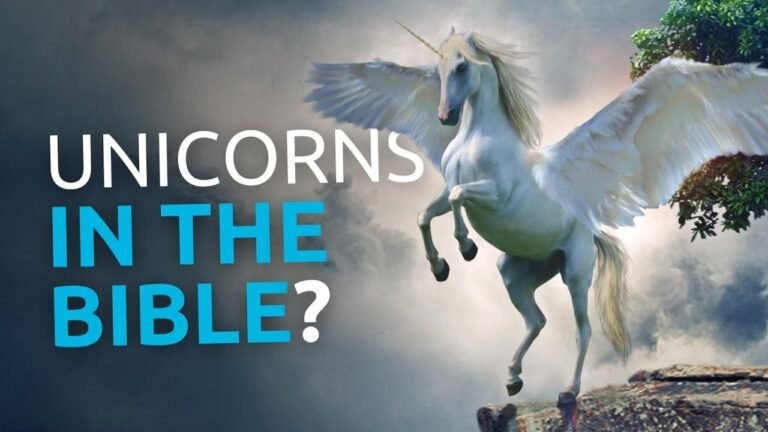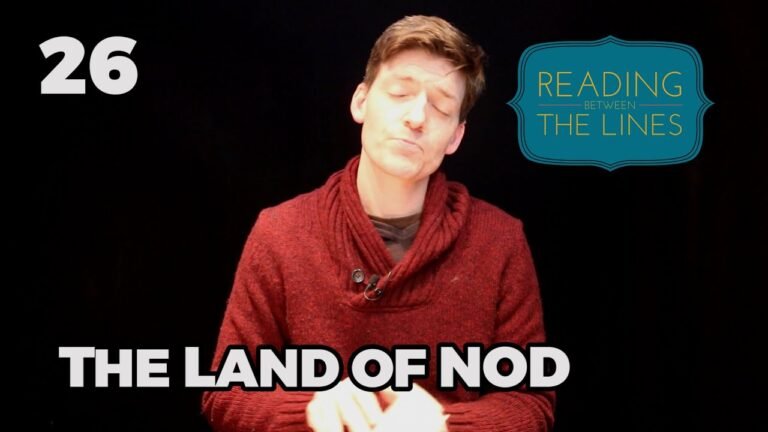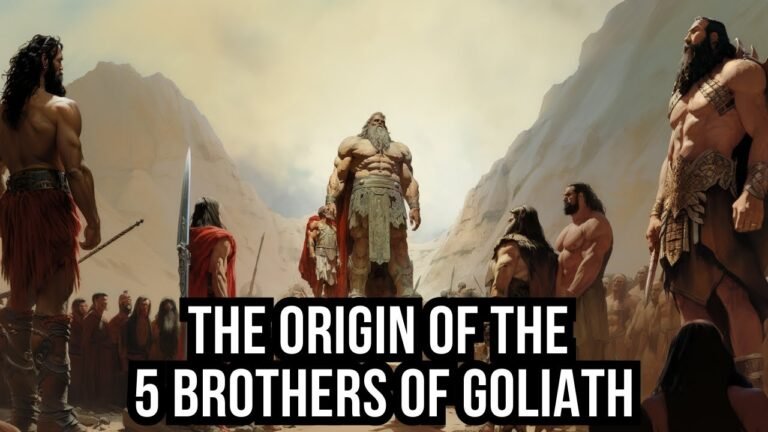Unveiling Unicorns in the Bible: Myth or Reality?
Throughout history, the Bible has been a source of inspiration, guidance, and intrigue, often invoking questions about its many symbols and references. Among these, the mention of unicorns captures the imagination, leading many to wonder about their significance in biblical texts. These mythical creatures, often associated with purity and grace, invite readers to explore deeper meanings within scripture and challenge conventional interpretations. As we delve into the fascinating intersection of faith, mythology, and literary symbolism, the enigmatic presence of unicorns in the Bible promises to reveal layers of understanding that resonate across cultures and eras.
What is mentioned in the Bible about unicorns?
The Bible references unicorns in a metaphorical context, often associating them with strength and power. In Numbers 24:8, the imagery of a unicorn symbolizes formidable might, suggesting that the subject possesses great strength akin to this mythical creature. This portrayal serves to emphasize the divine empowerment bestowed upon the people of Israel as they confront their adversaries.
While the unicorn may be viewed as a fantastical being, its mention in biblical texts invites readers to reflect on the themes of courage and victory in the face of challenges. The strength of the unicorn not only highlights the capabilities of those chosen by God but also reinforces the idea of divine protection and guidance throughout their journey. Through this lens, the unicorn becomes a powerful emblem of hope and triumph over adversity.
What is the meaning of unicorn in the Hebrew Bible?
In the Hebrew Bible, the term “unicorn” refers to a magnificent horned creature known as reʾem. Historically, this word has been translated as “unicorn” or “rhinoceros” in various biblical versions; however, contemporary translations typically render it as “wild ox” or aurochs, which more accurately reflects the original Hebrew meaning. This shift in translation underscores the importance of understanding the cultural and historical context of biblical language.
In which passages of the King James Version of the Bible are unicorns mentioned?
In the King James Version of the Bible, unicorns are referenced through the translation of the Hebrew word “re’em,” appearing nine times across various books. These mentions can be found in Numbers, Deuteronomy, Job, Psalms, and Isaiah, highlighting the creature’s significance in biblical imagery. The term evokes a sense of wonder and mystery, contributing to the rich tapestry of symbolism that characterizes the scripture. Whether viewed as a literal beast or a metaphorical representation, the unicorn remains an intriguing element of biblical lore.
Discovering the Truth Behind Biblical Creatures
Throughout history, biblical creatures have captured the imagination of believers and skeptics alike, sparking countless interpretations and discussions. From the majestic Leviathan of the sea to the enigmatic Behemoth of the land, these beings often symbolize profound truths about humanity, morality, and the divine. Delving into ancient texts and cultural contexts reveals that these creatures are not merely fantastical beings, but reflections of the fears, hopes, and beliefs of the societies that conceived them.
As modern readers navigate these ancient stories, we uncover layers of meaning that resonate with contemporary life. The symbolism behind these creatures invites us to explore themes of chaos versus order, the struggle between good and evil, and the quest for understanding in a complex world. By examining the origins and significance of these biblical beings, we gain insight not only into the texts themselves but also into the enduring questions of existence that continue to challenge and inspire us today.
Separating Fact from Fiction in Sacred Texts
In the quest for understanding sacred texts, it is essential to navigate the intricate landscape of belief and interpretation. Many narratives are often shrouded in centuries of tradition, leading to a blend of historical facts and mythological embellishments. By examining these texts through a critical lens, we can distinguish between the core messages and the cultural contexts that have shaped them. This process not only enriches our comprehension of spiritual teachings but also fosters a more nuanced dialogue among diverse faiths, encouraging a deeper appreciation for the shared values that unite humanity. Ultimately, separating fact from fiction in sacred texts invites us to explore the profound truths that resonate across different beliefs, inspiring both individual growth and collective understanding.
The Enigma of Unicorns: Scriptural Insights
Unicorns have long captured the human imagination, transcending cultural boundaries and appearing in various mythologies and scriptures. In ancient texts, these elusive creatures are often depicted as symbols of purity, grace, and the divine. Many interpretations suggest that unicorns embody the intersection of reality and the mystical, challenging our understanding of the natural world. Their singular horn is not just a physical attribute but a representation of unification, drawing parallels to spiritual enlightenment and the quest for truth.
Scriptural references to unicorns, particularly in translations of the Bible, have sparked debates among scholars regarding their true identity. Some argue that the term refers to a now-extinct species, while others believe it symbolizes a deeper moral or spiritual lesson. These interpretations reveal how ancient cultures grappled with the unknown, using the unicorn as a metaphor for hope and the pursuit of the unattainable. This blending of reality and fantasy invites readers to explore the deeper meanings behind such enigmatic beings.
Ultimately, the allure of unicorns lies not only in their mythical characteristics but also in their ability to inspire reflection on our own lives and beliefs. They serve as reminders of the beauty that can arise from the unknown and the importance of seeking truth and authenticity. As we delve into the enigma of unicorns through scriptural insights, we are encouraged to embrace the mysteries of existence and remain open to the wonders that lie beyond our immediate perception.
Exploring the Symbolism of Biblical Unicorns
Biblical unicorns, often depicted as elusive and majestic creatures, symbolize purity, strength, and divine beauty in ancient texts. Their presence in scripture can be interpreted as metaphors for the unyielding spirit of faith and the pursuit of righteousness, representing a connection between the earthly and the divine. While modern interpretations may view unicorns as mere fantasy, their biblical roots invite deeper reflection on the values they embody. By understanding these symbols, we can appreciate the timeless lessons of hope and transcendence that resonate through the ages, reminding us of the extraordinary potential within the human experience.
Ancient Myths: A Closer Look at Unicorn References
Throughout history, unicorns have captivated the human imagination, serving as symbols of purity and grace in various ancient cultures. From the Mesopotamian cylinder seals depicting horned creatures to the writings of Greek historians who described them as real animals, these mythical beings have transcended time and geography. In the Middle Ages, the unicorn became a powerful emblem of Christ in Christian art, embodying the intersection of the mystical and the divine. As we explore these references, it becomes clear that the allure of unicorns lies not just in their enchanting appearance but also in their ability to represent deeper truths about human desires, spirituality, and the natural world.
The mention of unicorns in the Bible invites both intrigue and contemplation, serving as a reminder of the rich tapestry of symbolism and mythology woven throughout ancient texts. Whether viewed as literal creatures or metaphorical representations, these enigmatic beings challenge our understanding of faith and the natural world. Ultimately, the biblical unicorns inspire a deeper exploration of the narratives that shape our beliefs and spark our imagination.







